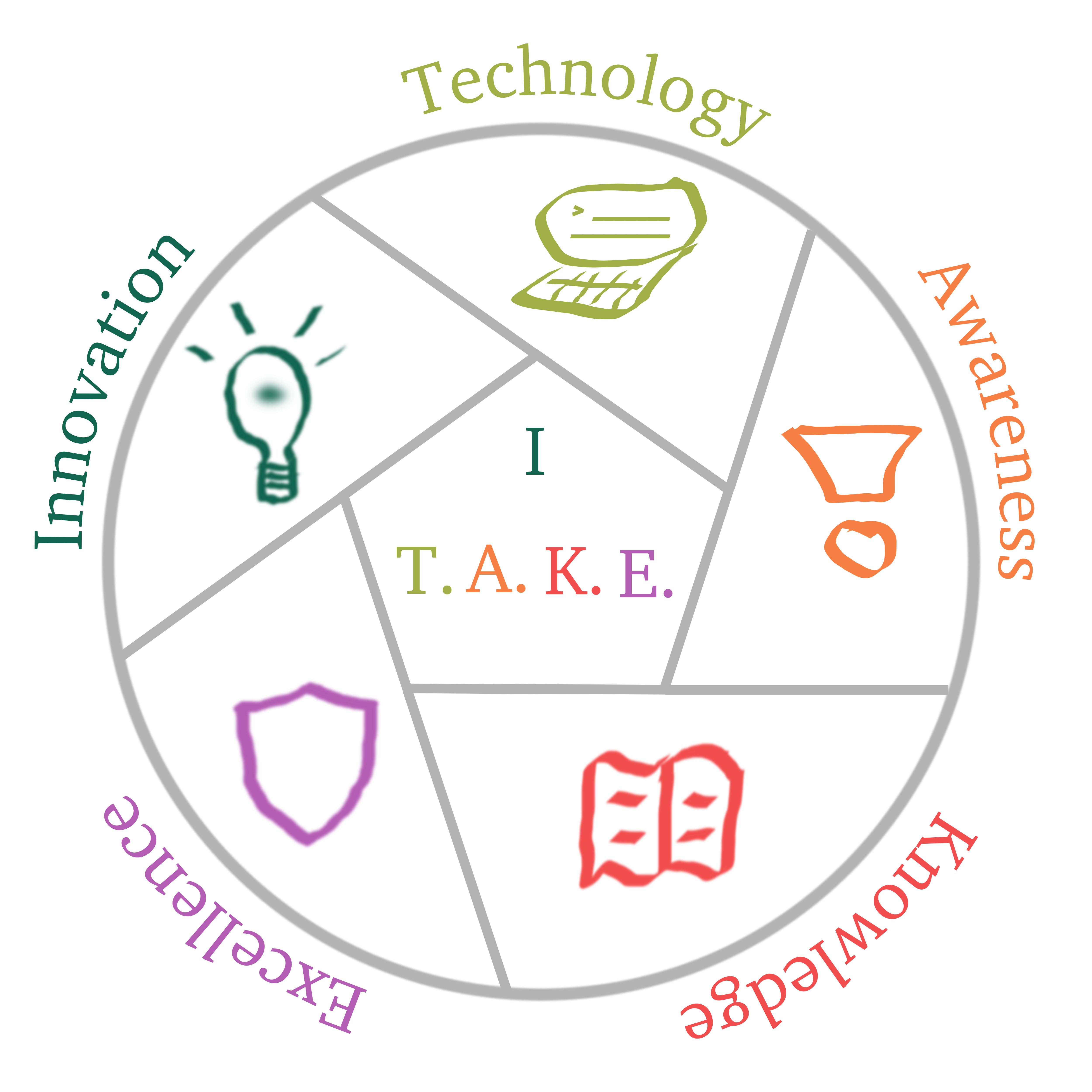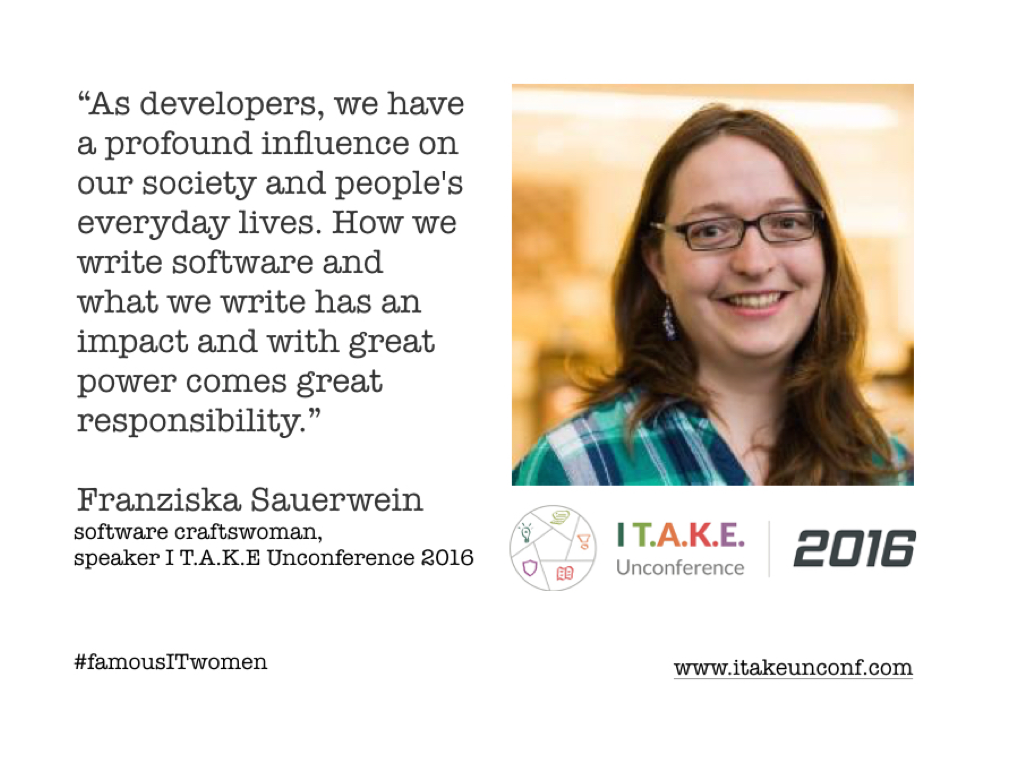
Rebecca is an internationally recognized object design pioneer who invented the set of design practices known as Responsibility-Driven Design (RDD). By accident, she started the x-Driven Design meme. Along the way, she authored two popular object design books that are still in print and was the design columnist for IEEE Software.
What brought her to I T.A.K.E. Unconference in the first place? As she says:
“The conference is focused on code, it’s s not people waving their hands and speaking theory, and this challenged me as a speaker.”
Rebecca is among the Speakers that joined the first-ever edition of I T.A.K.E. Unconference back in 2013. Now, as the event moves into a digital format, with the 8th edition’s theme Craft: Raising the Bar Starts by Challenging Yourself, Rebecca joins us once more, this time with a talk on how to Grow Your Personal Design Heuristics.
Her Keynote Session will focus on ways of becoming better software designers, through becoming more aware of our design heuristics and being more intentional about cultivating and refining them.
What does Rebecca focus on in her work?
She helps teams hone their design and architecture skills, manage and reduce technical debt, refactor code, address architecture risks, and discover their personal design heuristics. In addition to coaching and personal mentoring, she teaches and conducts workshops on software design skills and thinking, distilling design heuristics, and Agile Architecture.
Lately, Rebecca is pursuing her interest in software patterns and their relationship to design heuristics in general.
Curious to hear one of Rebecca’s latest talks? Join us on the 12th of May at the 8th edition of I T.A.K.E. Unconference.





